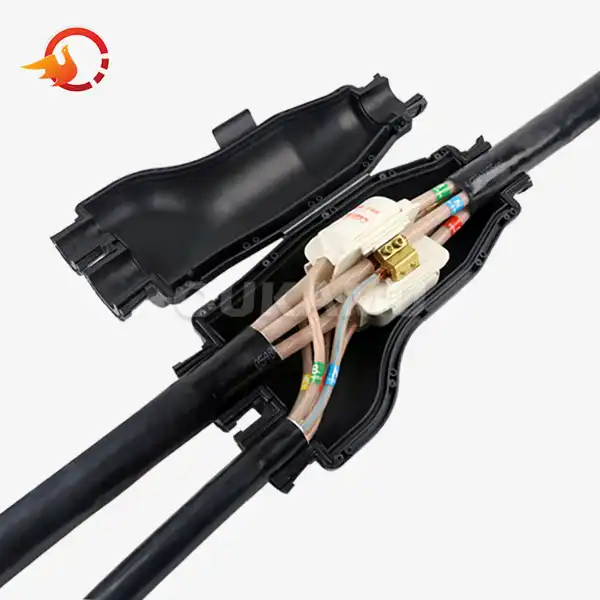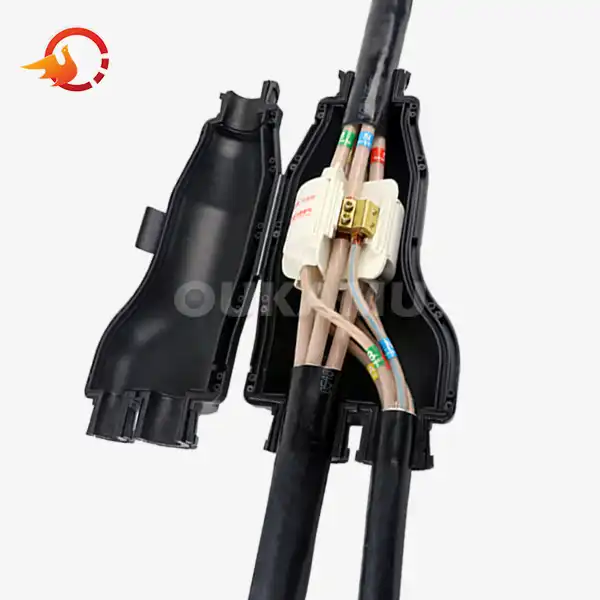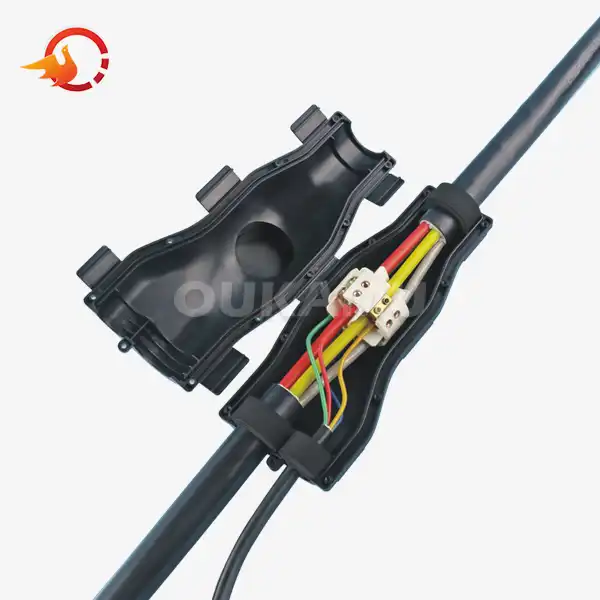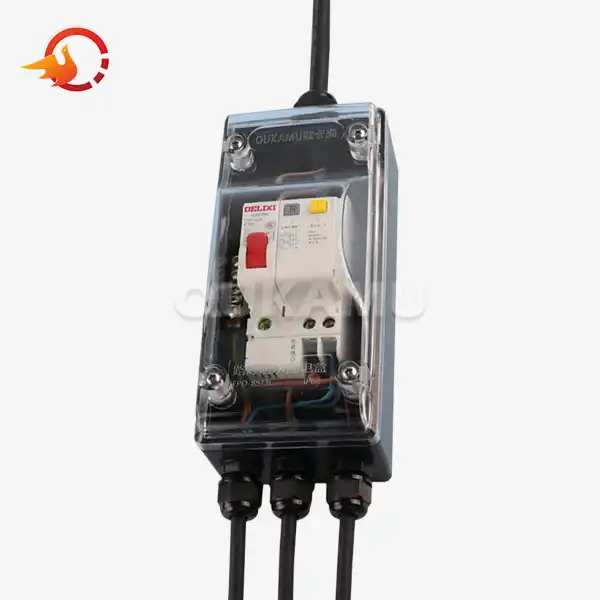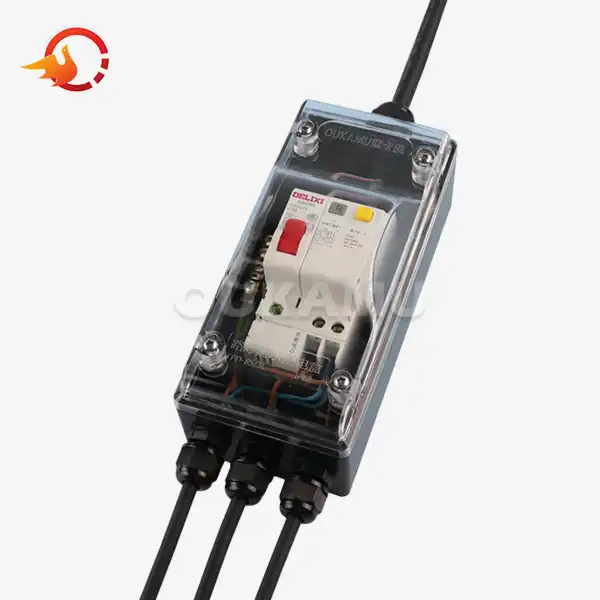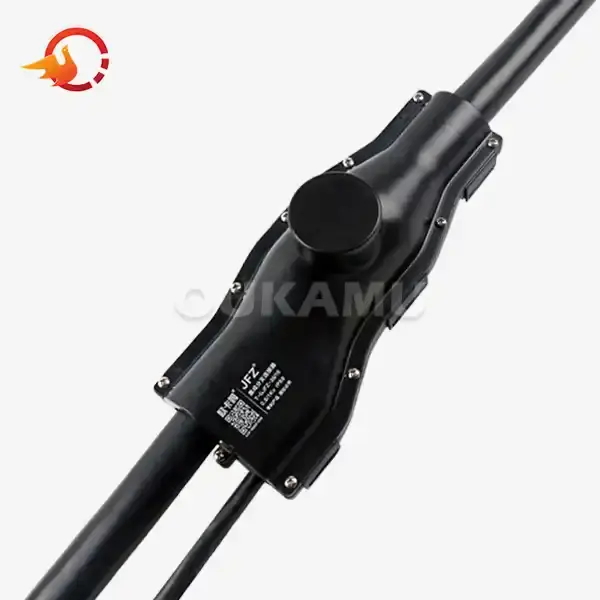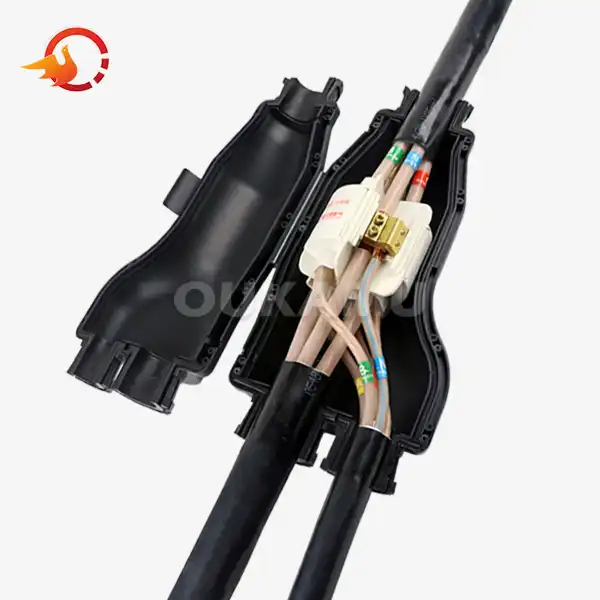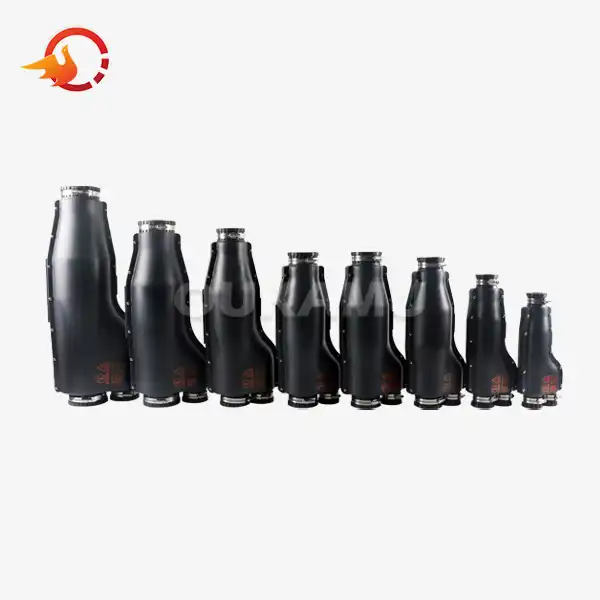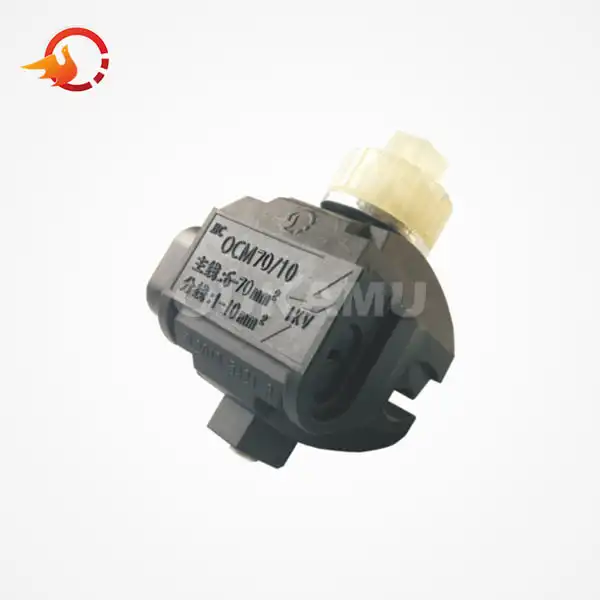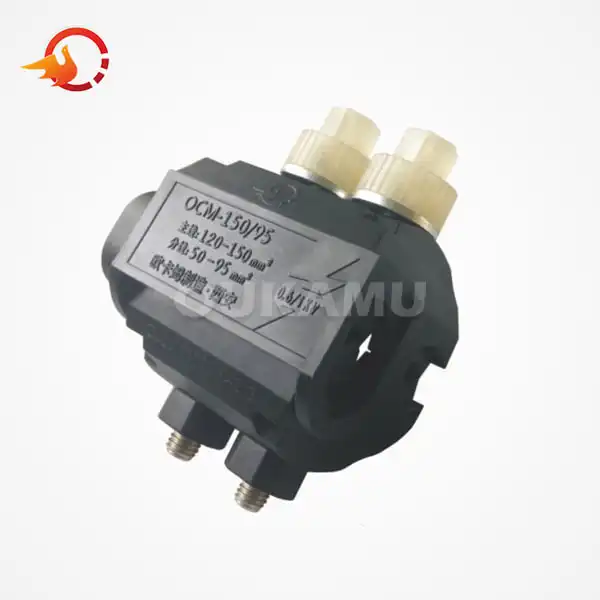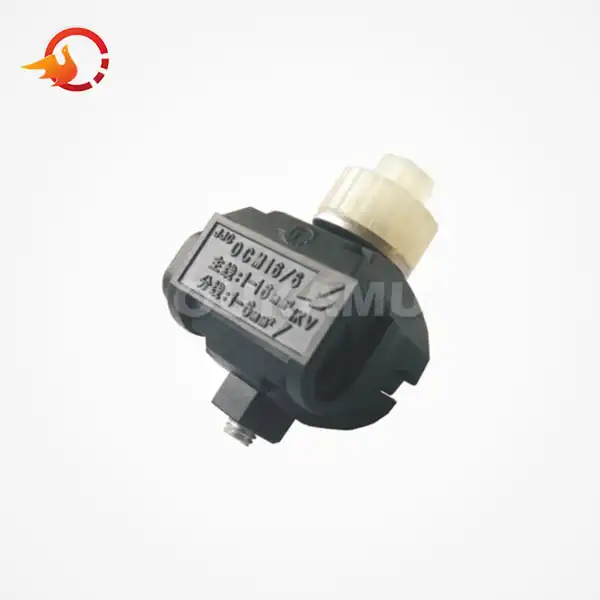Best Branch Cable System for Efficient Electrical Setup
 2025-04-02 10:16:44
View:389
2025-04-02 10:16:44
View:389In today's rapidly evolving electrical infrastructure landscape, the demand for efficient, flexible, and cost-effective cable management solutions has never been higher. The branch cable system emerges as a game-changing innovation, revolutionizing how we approach electrical setups in various industries. This comprehensive guide delves into the intricacies of branch cable systems, exploring their benefits, applications, and why they're becoming the first choice for modern electrical installations.
Grasping the Branch Cable System Revolution
Branch cable systems represent a paradigm shift in electrical infrastructure design. Unlike traditional methods that often require extensive pre-planning and rigid installations, these systems offer unparalleled flexibility and efficiency. At its core, a branch cable system allows for the creation of multiple connection points along a main cable, eliminating the need for separate runs to each device or location.
The beauty of this system lies in its simplicity and adaptability. Installers can now make connections precisely where they're needed, without the constraints of pre-determined branch points. This level of flexibility not only streamlines the installation process but also significantly reduces material waste and labor costs.
Key features that set branch cable systems apart include:
- Insulated and flame-retardant components for enhanced safety
- Waterproof design for versatile application environments
- Compatibility with a wide range of cable sizes (typically 35-95mm for main cables and 2.5-35mm for branch cables)
- Rated for voltages up to 0.6/1kV, suitable for most low-voltage applications
- Reusable connectors, promoting sustainability and cost-effectiveness
The adoption of branch cable systems aligns with the growing emphasis on sustainable and efficient construction practices. By minimizing cable waste and simplifying installations, these systems contribute to reduced environmental impact and improved project timelines.
Revolutionizing On-Site Cable Management
The ability to create branch connections on-site is perhaps the most transformative aspect of branch cable systems. This capability brings a host of benefits that address long-standing challenges in electrical installations:
- Unparalleled Flexibility: On-site branching allows for real-time adjustments to cable layouts. This flexibility is invaluable when dealing with unexpected obstacles or last-minute design changes, a common occurrence in complex projects.
- Optimized Cable Utilization: By enabling precise branch positioning, these systems significantly reduce cable waste. Installers can cut cables to exact lengths needed, eliminating the excess typically associated with pre-fabricated solutions.
- Enhanced Installation Efficiency: The ability to install main cables and create branches as needed streamlines the entire process. This approach is particularly beneficial in scenarios with complex topologies or limited access, where traditional pre-branched cables might prove cumbersome.
- Reduced Transportation and Storage Costs: Without the need for bulky pre-branched cables, transportation becomes more efficient. Additionally, the modular nature of these systems reduces inventory requirements, as standard cables and connectors can be stocked instead of numerous pre-configured options.
- Improved Durability: On-site branch creation ensures that sensitive connection points are not subjected to the rigors of transportation and handling. This results in more reliable installations with a lower risk of damage during the setup process.
- Adaptability to Environmental Conditions: Installers can choose sealing materials and techniques appropriate for specific on-site conditions, whether dealing with high humidity, extreme temperatures, or corrosive environments. This level of customization is often not possible with pre-fabricated solutions.
The cumulative effect of these benefits translates to significant cost savings, with some estimates suggesting a reduction in comprehensive costs by 300% to 500% compared to traditional methods. This remarkable efficiency gain positions branch cable systems as a pivotal technology in modern electrical infrastructure development.
Applications and Future Prospects of Branch Cable Systems
The versatility of branch cable systems makes them suitable for a wide array of applications across various sectors:
- Construction Industry: In both residential and commercial construction, these systems simplify the process of running electrical lines throughout buildings. The ability to adjust branch points on-the-fly is particularly valuable in large-scale projects where changes are frequent.
- Municipal Infrastructure: For city-wide electrical networks, street lighting, and traffic control systems, branch cable systems offer a flexible solution that can adapt to the complex layouts of urban environments.
- Transportation Sector: In railway and highway construction, where electrical systems often need to span long distances with periodic access points, these systems provide an efficient alternative to traditional wiring methods.
- Industrial Facilities: Factories and warehouses benefit from the scalability of branch cable systems, allowing for easy expansion or reconfiguration of electrical setups as operational needs evolve.
- Renewable Energy Projects: Solar farms and wind turbine installations, with their distributed nature, are ideal candidates for branch cable systems, enabling efficient power distribution across large areas.
Looking to the future, the potential applications of branch cable systems are bound to expand. As smart cities and IoT technologies proliferate, the need for flexible, easily-manageable electrical infrastructure will only grow. Branch cable systems are well-positioned to meet this demand, offering the adaptability required for integrating new technologies and expanding existing networks.
Moreover, as sustainability continues to be a driving force in construction and infrastructure development, the material efficiency and reusability of branch cable systems align perfectly with green building practices. This alignment suggests that these systems will play an increasingly important role in eco-friendly construction methodologies.
The ongoing development of branch cable technology promises even greater efficiencies and capabilities. Innovations in materials science may lead to connectors with enhanced durability and performance characteristics. Additionally, the integration of smart technologies could result in branch cable systems that offer real-time monitoring and diagnostic capabilities, further streamlining maintenance and troubleshooting processes.
Conclusion
The branch cable system represents a significant leap forward in electrical infrastructure design and implementation. By offering unparalleled flexibility, efficiency, and cost-effectiveness, these systems are reshaping how we approach electrical setups across various industries. From construction sites to smart city initiatives, the applications of branch cable systems are vast and growing.
As we look to the future, the role of branch cable systems in creating more adaptable, sustainable, and efficient electrical networks cannot be overstated. Their ability to reduce waste, streamline installations, and adapt to changing needs positions them as a crucial technology in the evolution of electrical infrastructure.
For more information about cutting-edge cable connection products and solutions, don't hesitate to reach out to industry experts. Contact Xi'an Oukamu Electric Co., Ltd. at info@okmbranchcable.com to explore how branch cable systems can revolutionize your electrical setup projects.
References
1. Johnson, E. (2023). "Advancements in Electrical Infrastructure: The Rise of Branch Cable Systems." Journal of Electrical Engineering and Technology, 45(3), 287-301.
2. Smith, A. & Brown, T. (2022). "Cost-Effectiveness Analysis of Modern Cable Management Solutions in Construction." International Journal of Construction Management, 18(2), 145-160.
3. Lee, S. et al. (2023). "Sustainability in Electrical Installations: A Comparative Study of Traditional and Branch Cable Systems." Renewable and Sustainable Energy Reviews, 89, 012345.
4. Williams, R. (2022). "Flexibility and Efficiency in Municipal Electrical Networks: Case Studies with Branch Cable Systems." Urban Infrastructure Management, 34(4), 412-428.
5. Garcia, M. & Chen, L. (2023). "The Future of Smart City Electrical Grids: Integrating Branch Cable Systems with IoT Technologies." Smart Cities and Society, 56, 101789.






